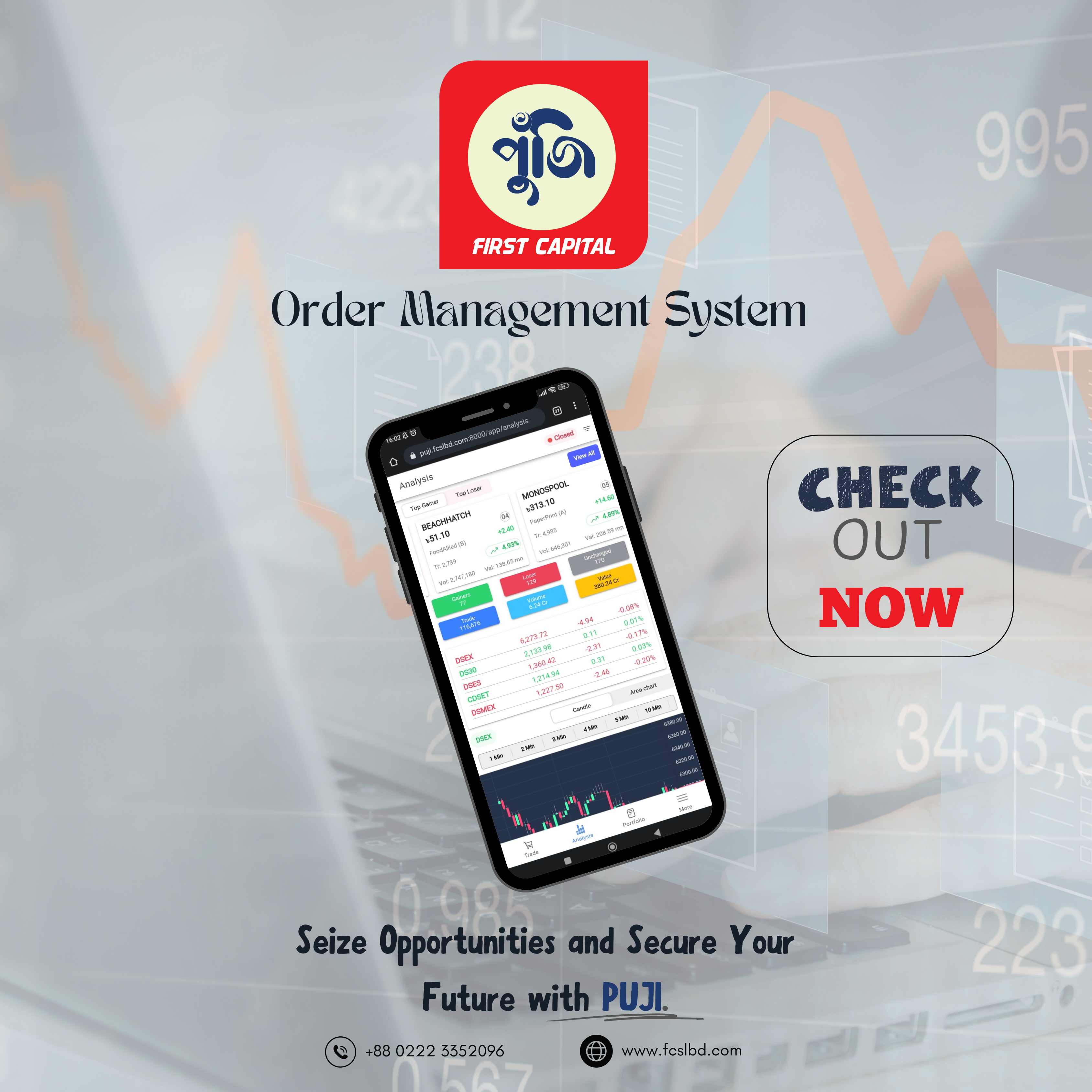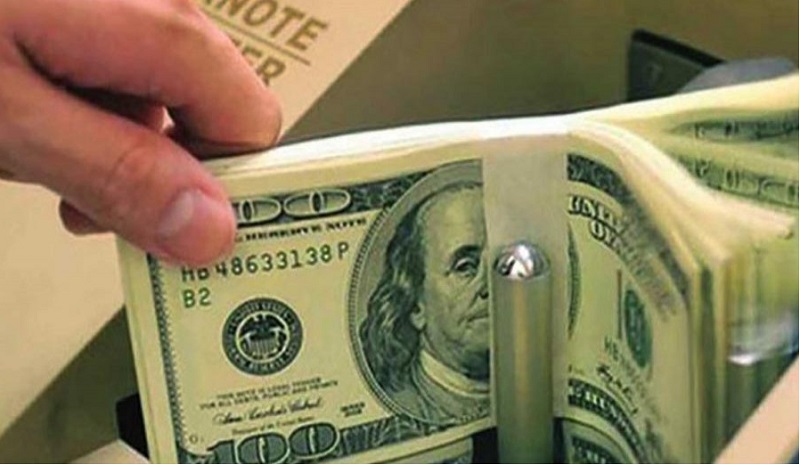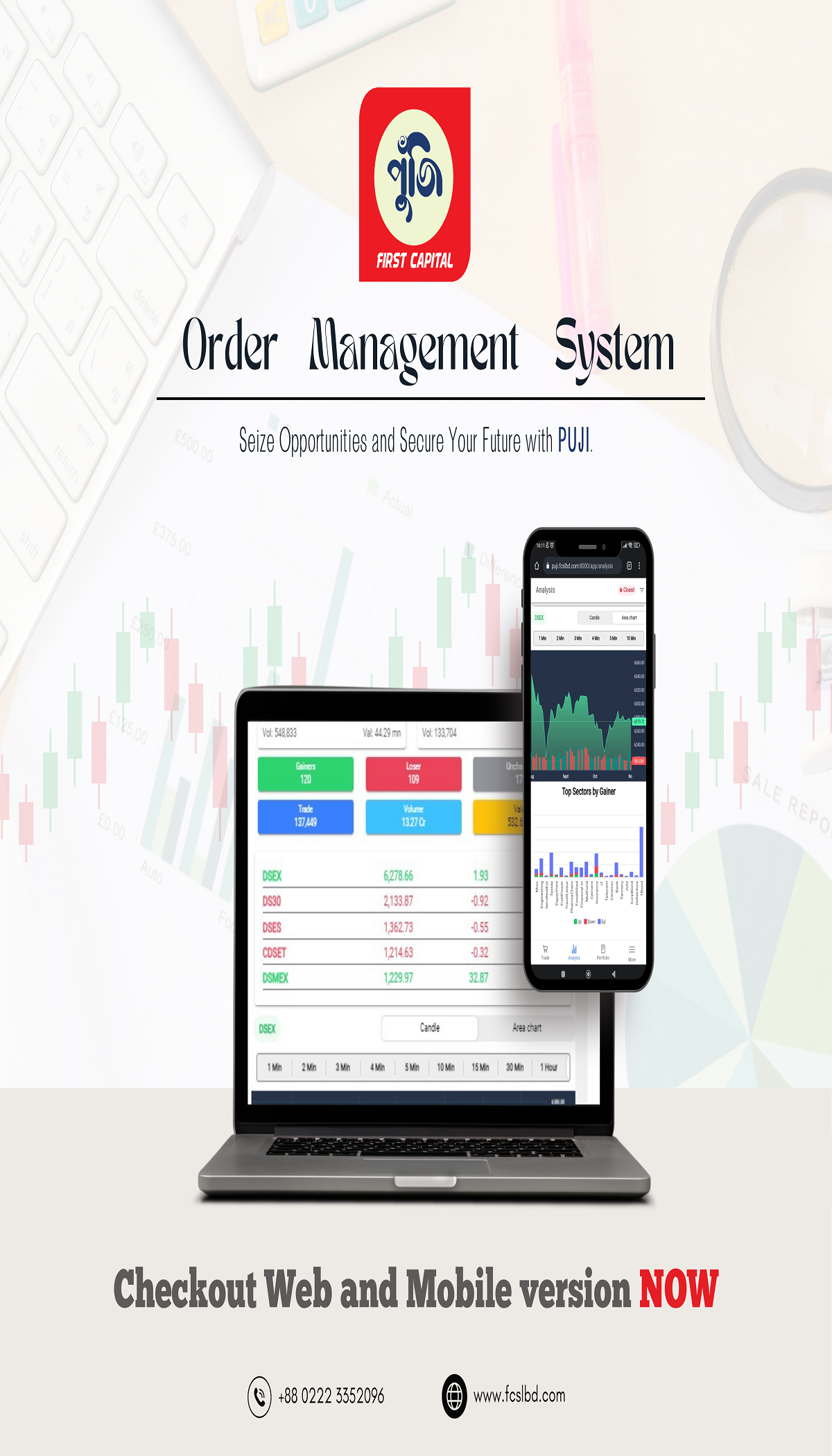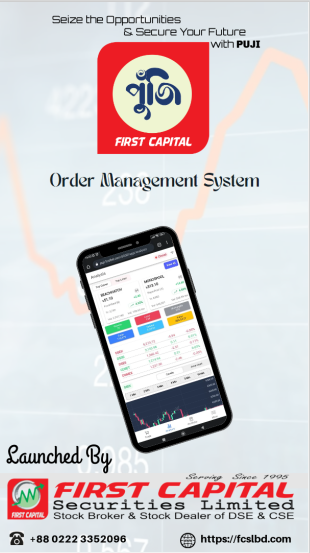Rising call money rates cast a shadow over bank profits, squeezing their margins as the cost of borrowing spikes
The average call money rate, the interest rate at which a bank borrows from another overnight, reached 9.13% yesterday, the highest in 11 years, according to central bank data.
Bangladesh Bank data show banks borrowed Tk3,187.42 crore from the call money market on Wednesday. This demand pushed the weighted average rate to a staggering 9.13%, marking the highest since 2013. For context, the entire year 2012 saw an average call money rate of 12.82%.
Sector insiders cited several reasons for the interest rate hike. On the one hand, the economic slowdown is making it harder to collect loans from borrowers and high inflation is eroding consumer confidence, causing deposits to dry up. On the other hand, banks are haemorrhaging cash to purchase dollars from the central bank.
However, banks are obligated to maintain the Cash Reserve Ratio (CRR) against deposits. To meet this requirement, they are forced to borrow at higher interest rates.
Banks lend overnight money to each other to fill the asset-liability mismatch or to meet sudden demand for funds. The market was introduced in the country in the early 1980s.
A tight liquidity condition leads to an increase in the call money rate and excess funds push the rate down.
Why call money rate keeps rising
According to the Bangladesh Bank report, the average call money rate in June this year was 6.05%, increasing slightly to 6.42% in July.
The rate rose to 7.23% in October a day after the central bank’s key policy rate was hiked and went up to 8.53% at the beginning of December.
The central bank has raised the key policy rate or repo rate — the interest rate at which the central bank lends money to commercial banks — several times this year to curb inflation. However, the repo rate hike increases banks’ cost of funds.
The Bangladesh Bank has increased its key policy rate by 50 basis points to 7.75% last time. With the latest hike, the policy rate saw an increase of 125 basis points in less than two months.
Money market chiefs of several banks said most of the lendings by banks are distributed as working capital loans but many borrowers are not able to make loan repayments on time due to sluggish business conditions. Hence, banks are forced to convert demand loans into term loans and are turning to the money market for cash.
Sluggish deposit growth is compounding a year-long liquidity crunch for banks in Bangladesh. Dollar purchases have been a major culprit, draining over Tk70,000 crore to the central bank in just the first five months of this fiscal year alone. This follows a staggering Tk1.60 lakh crore absorbed by the central bank in the previous year due to similar market pressures, they said.
Impact of call money rate hike
Rising call money rates cast a shadow over bank profits, squeezing their margins as the cost of borrowing spikes. Yet consumer lending rates remain tethered to central bank regulations, leaving banks unable to pass on these higher costs to borrowers.
According to an Agrani Bank official, a spike in the call money rate could trigger a domino effect, pushing up both treasury bill-bond yields and consequently bank lending rates.
Bank lending rates shifted gears in July, ditching the old system and adopting a new one based on SMART (the six-month average rate of treasury bills) plus a fixed spread of 3.75%. This July revamp meant banks’ lending costs were directly tied to the pulse of the Treasury bill market. Take June, for instance, where the average Treasury bill rate hovered around 7.10%. Fast forward to November, and that figure had already jumped to 7.72%
Previous record high of call money rate
Bangladesh’s call money market experienced a record-breaking high in December 2010. The average call money rate soared to a staggering 33.54% — more than triple the previous month’s figure of 11.38%.
The sudden surge in rate occurred after the central bank tightened its grip on lending by simultaneously raising both the statutory liquidity ratio (SLR) and cash reserve requirement (CRR) to 19% in December 2010.
This volatile trend persisted until December 2012, with the rate hovering around 12.82%. Remarkably, from the following year onwards, the call money rate plunged below 7%.
Source: tbsnews



 Keep updated, follow The Business Standard’s Google news channel
Keep updated, follow The Business Standard’s Google news channel 
